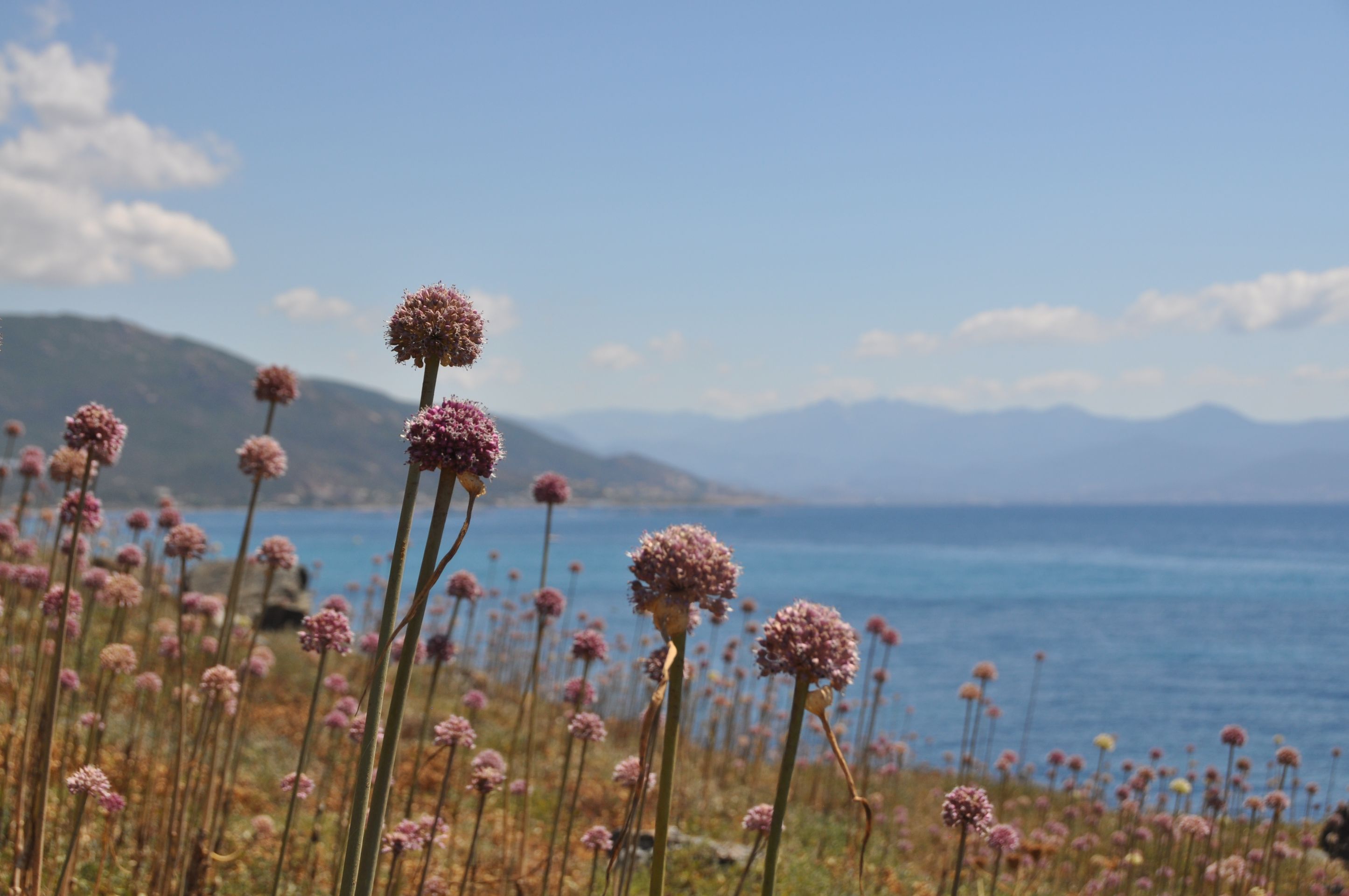Attention, wild people!
Жарыяланган: 02.11.2024
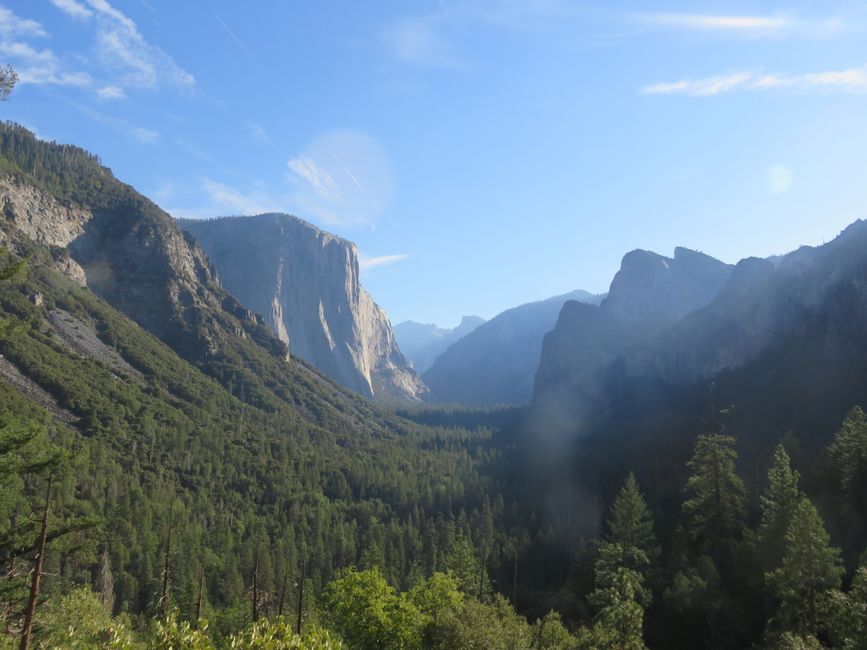
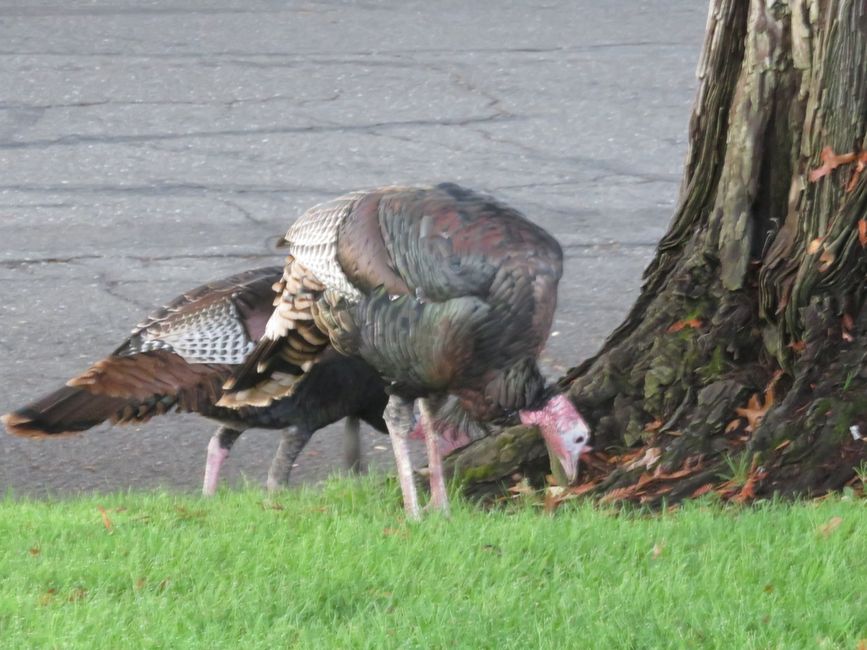
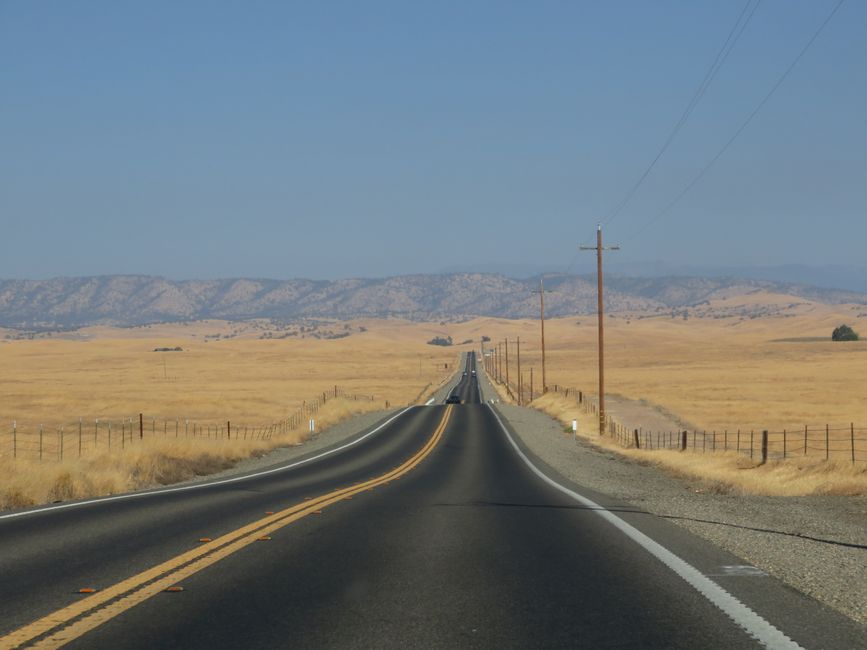
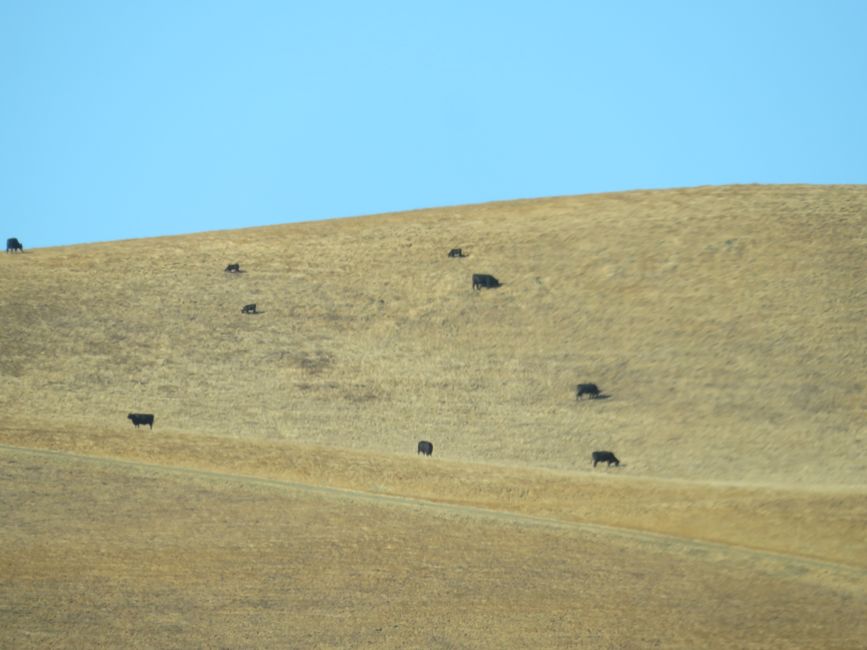
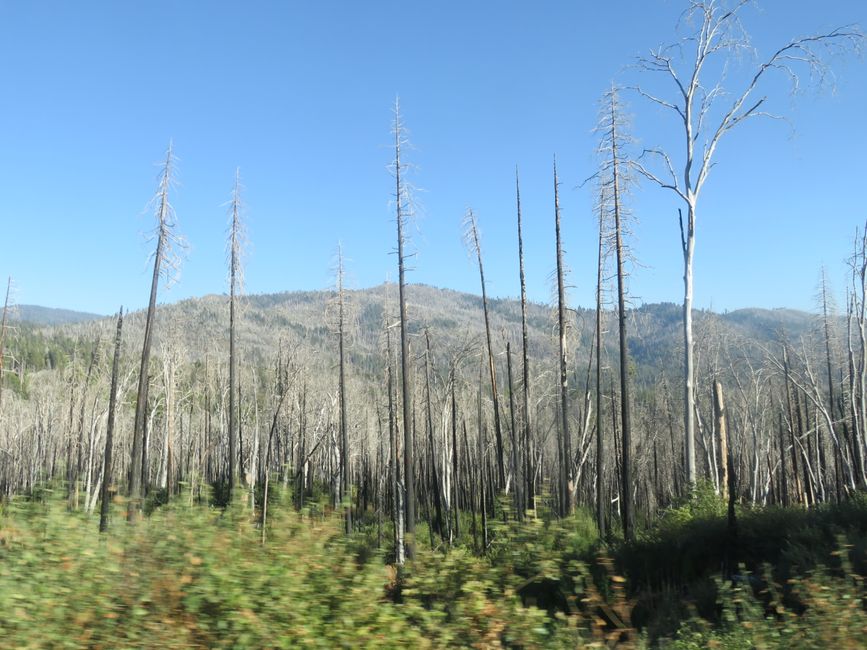
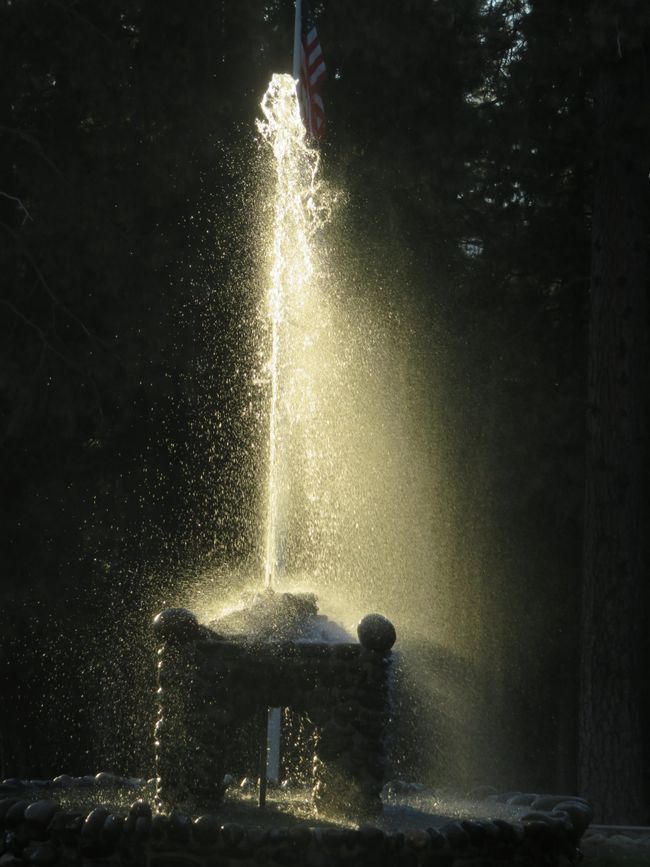
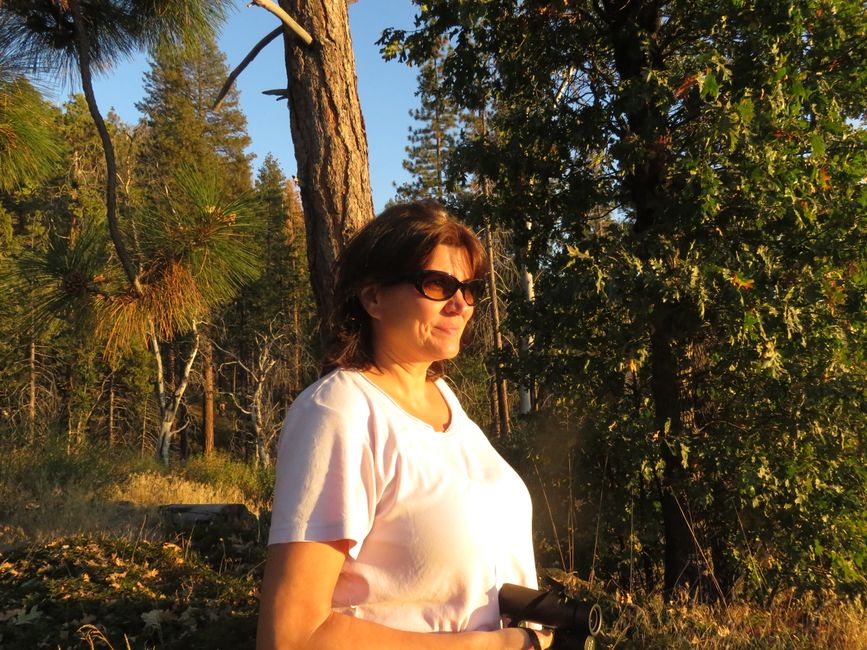

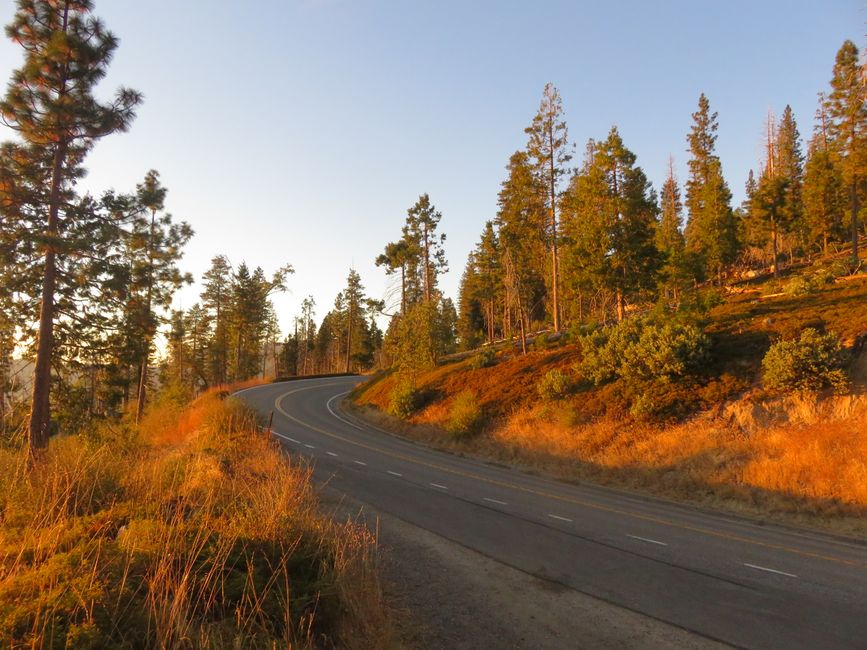
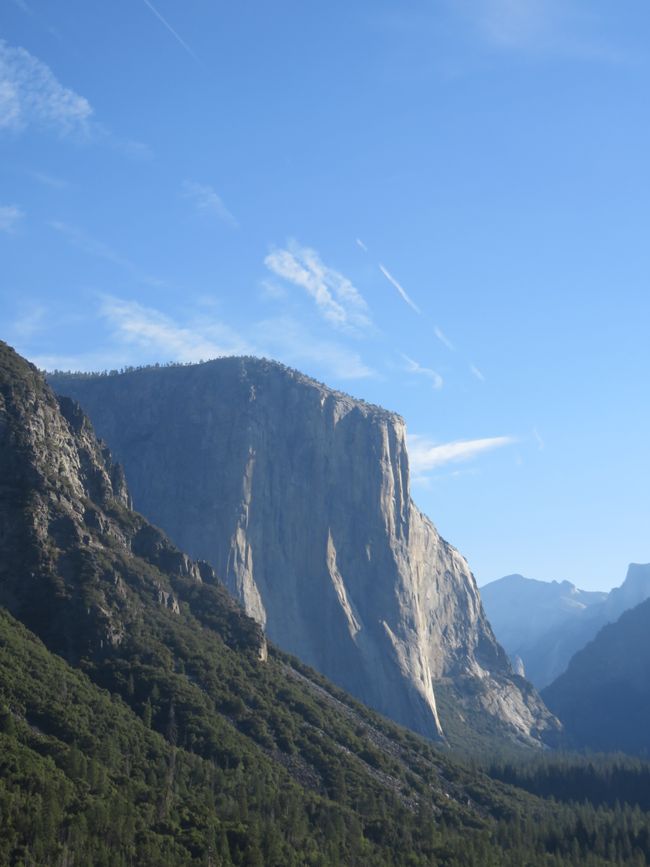
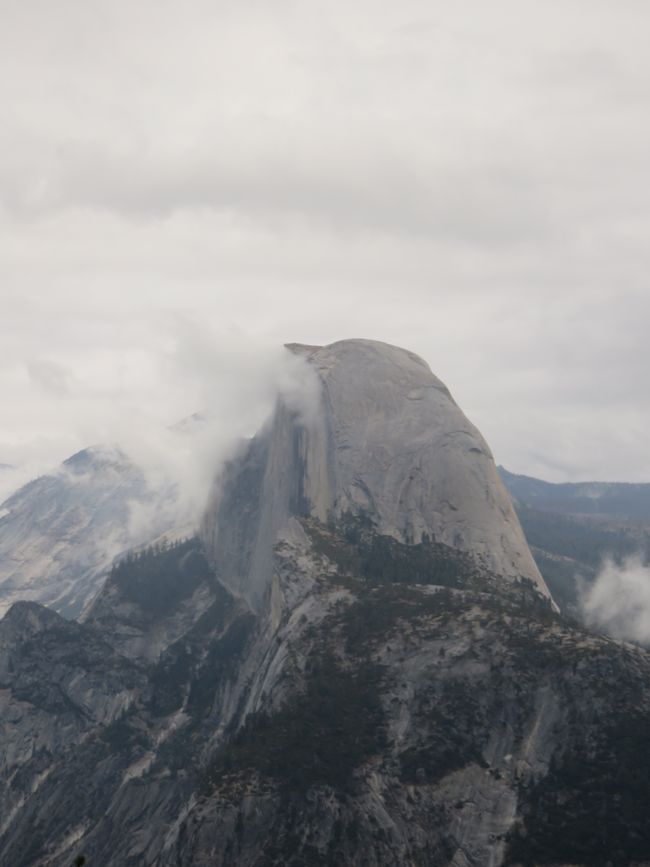
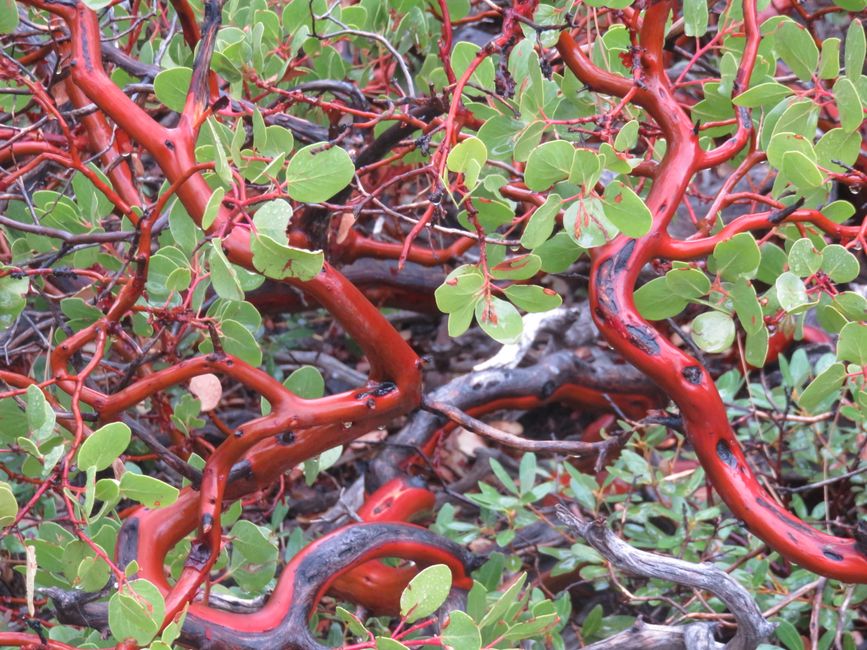
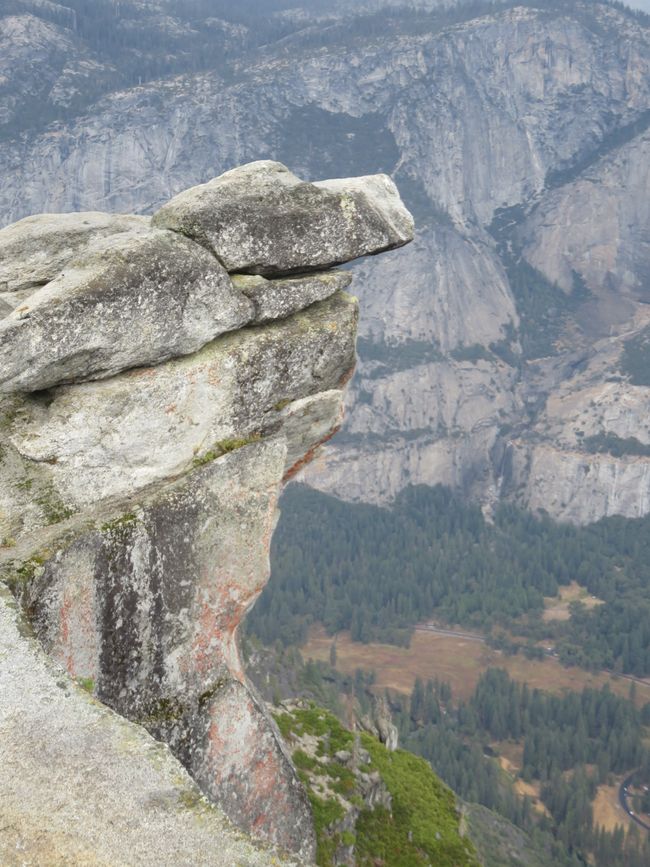
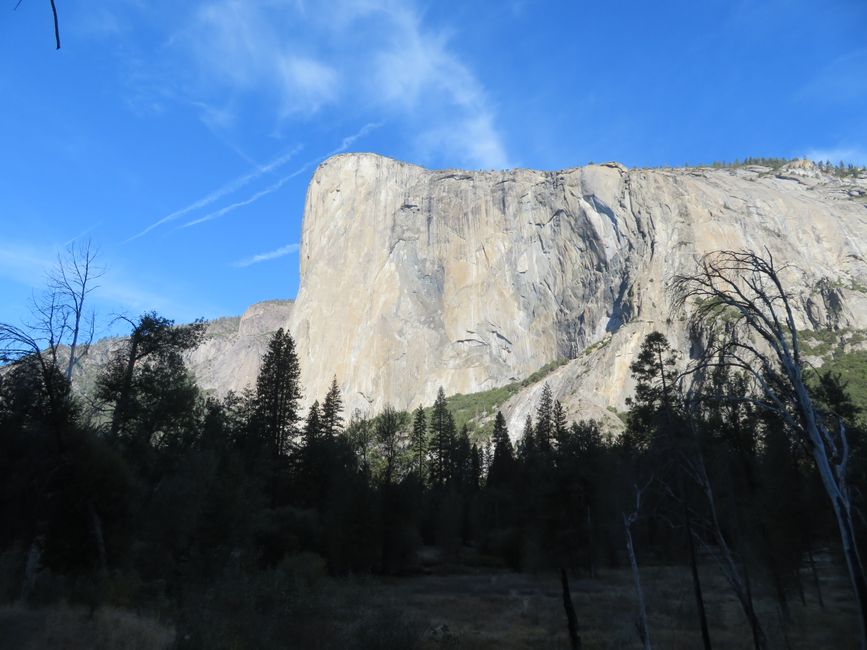
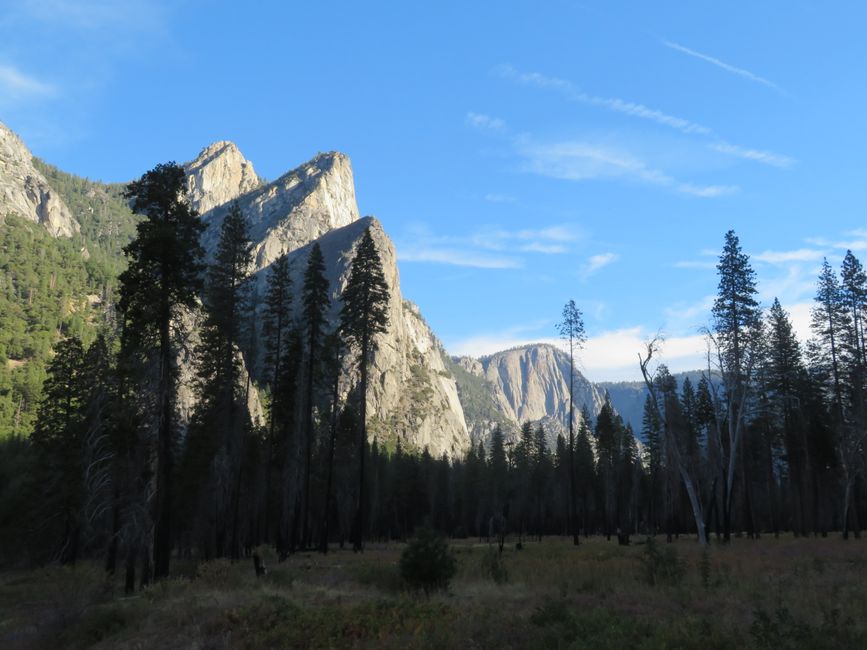
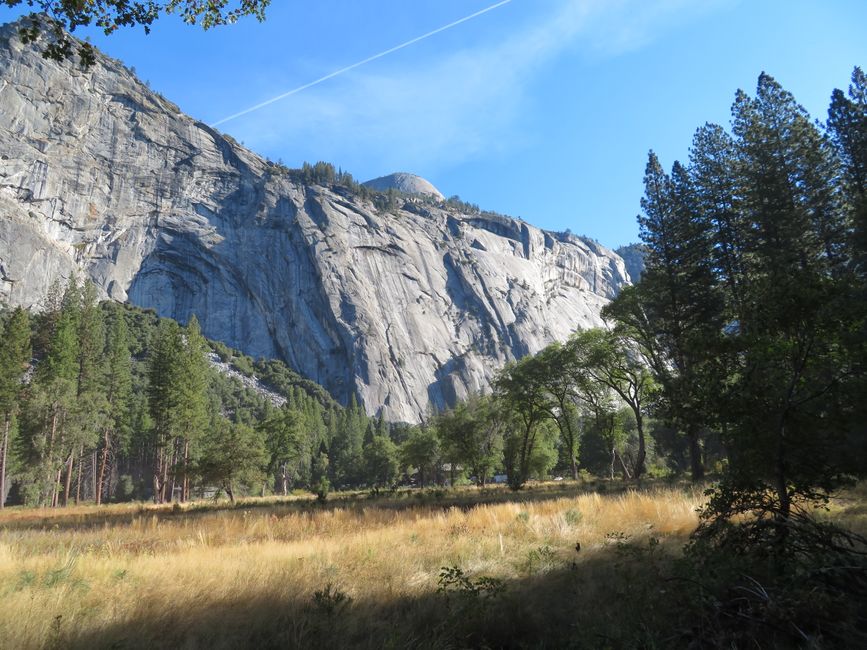
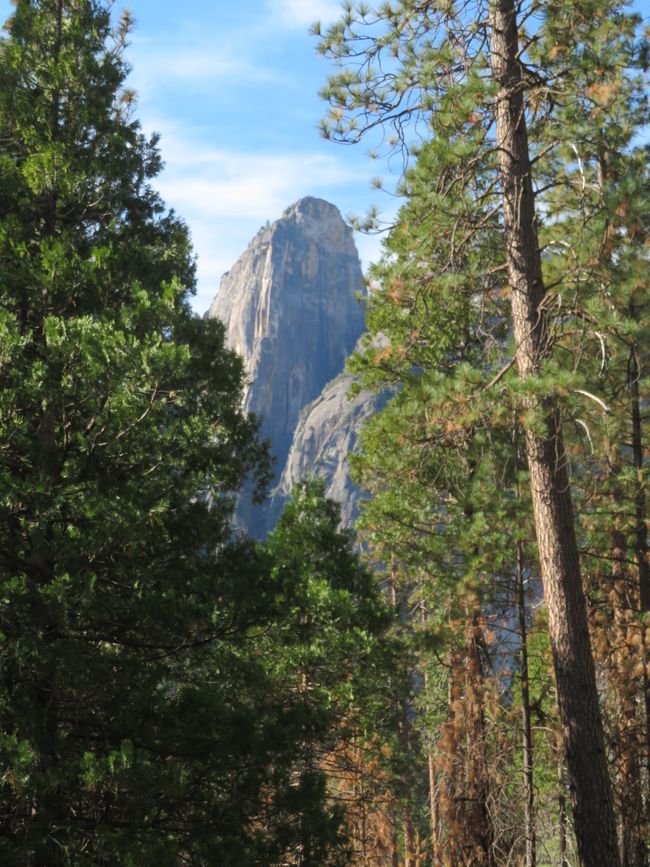
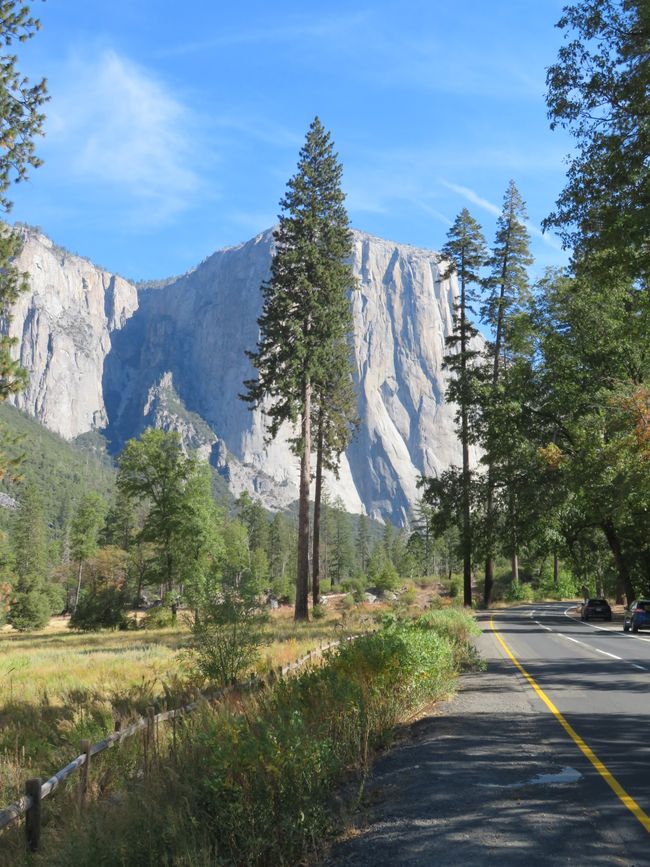
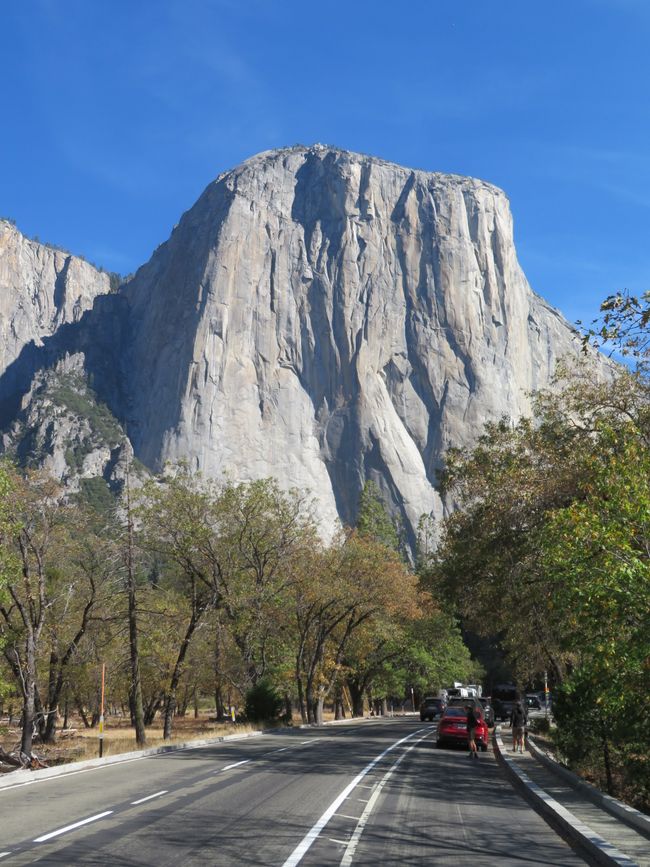

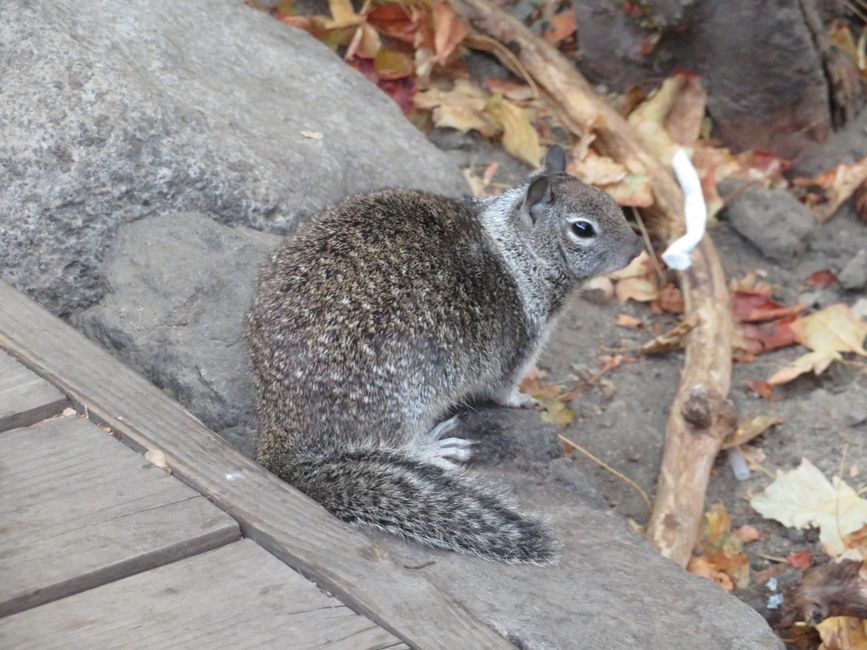
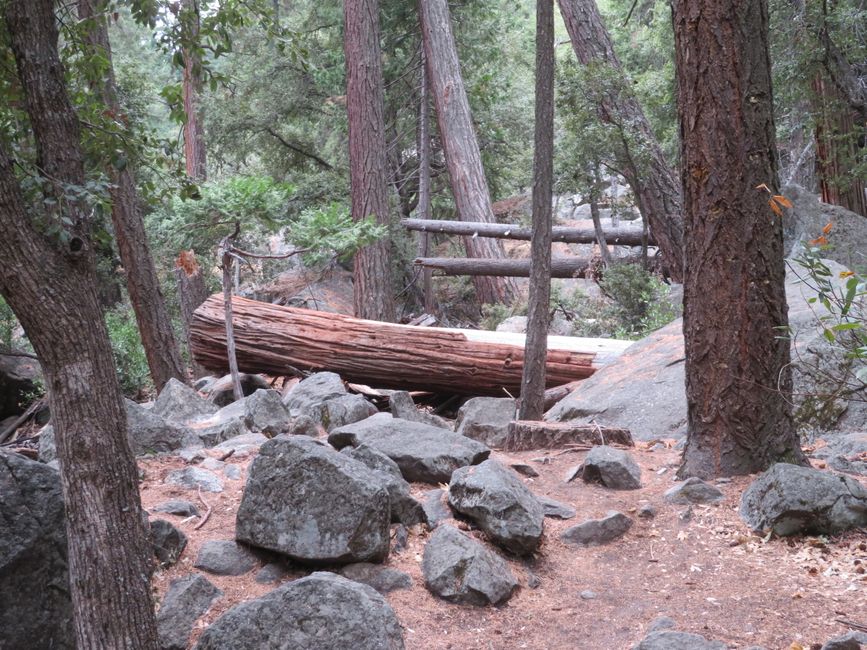
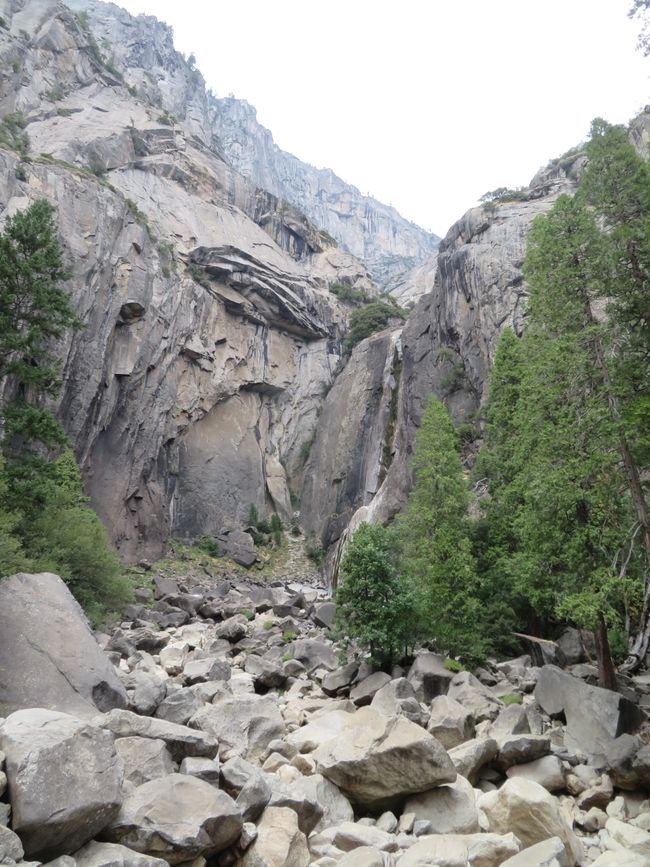
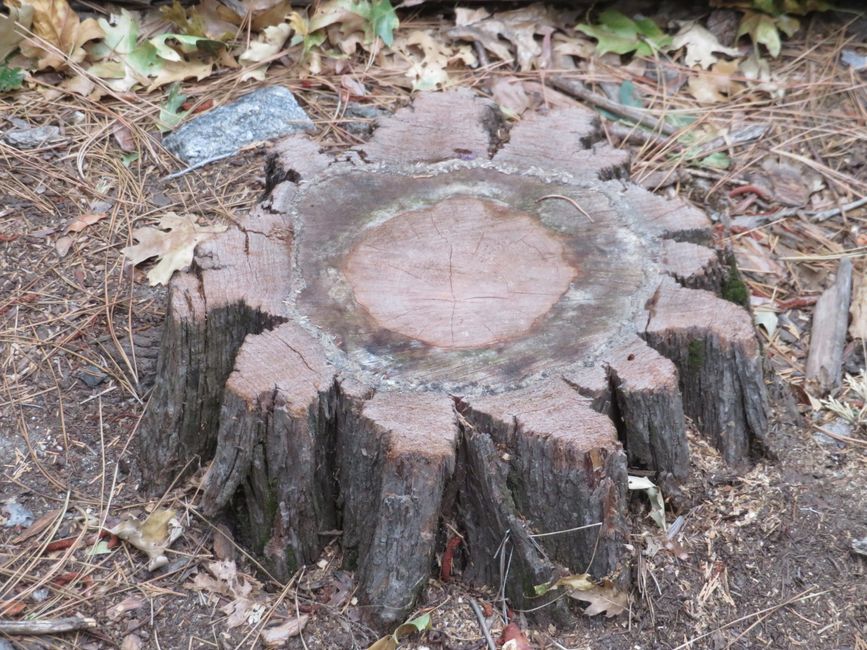
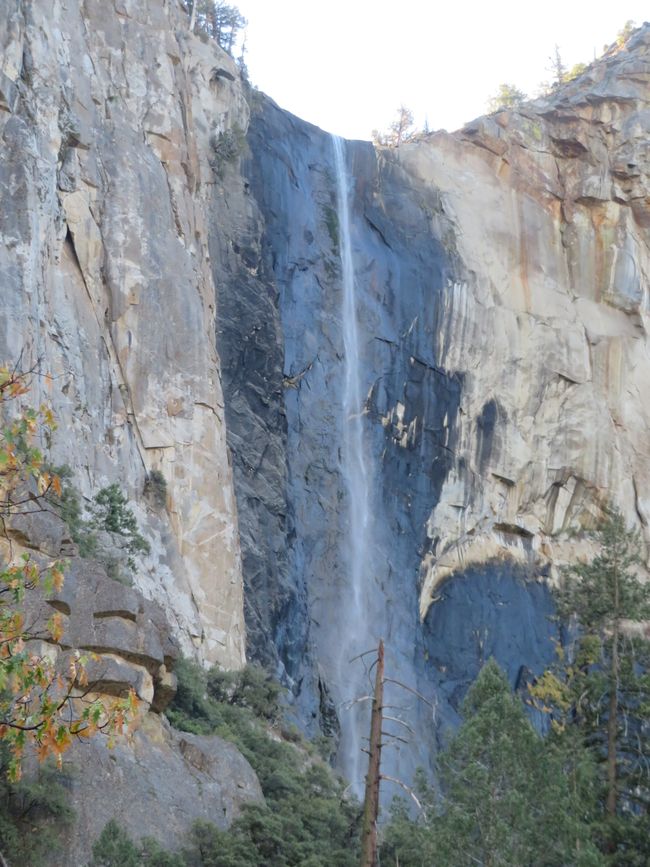
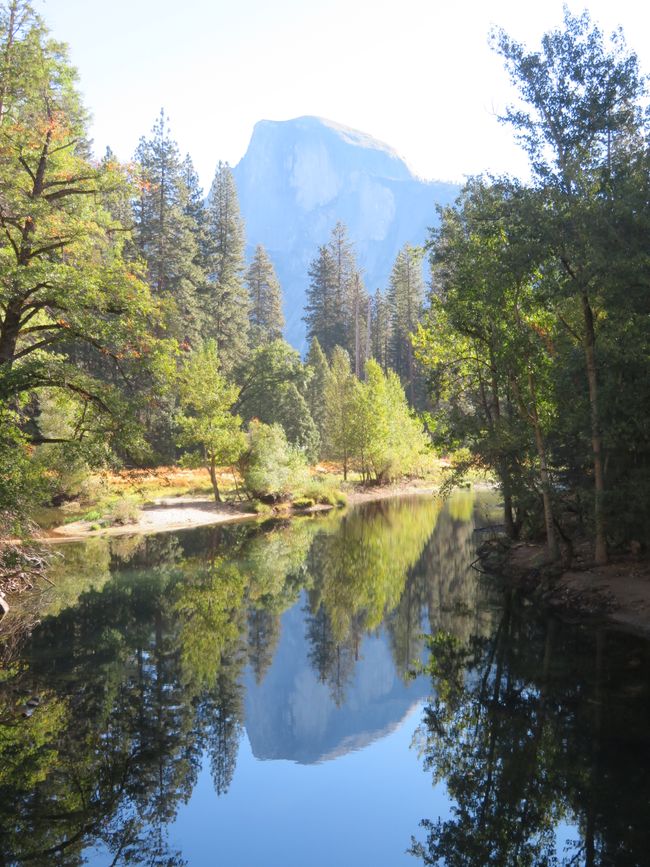
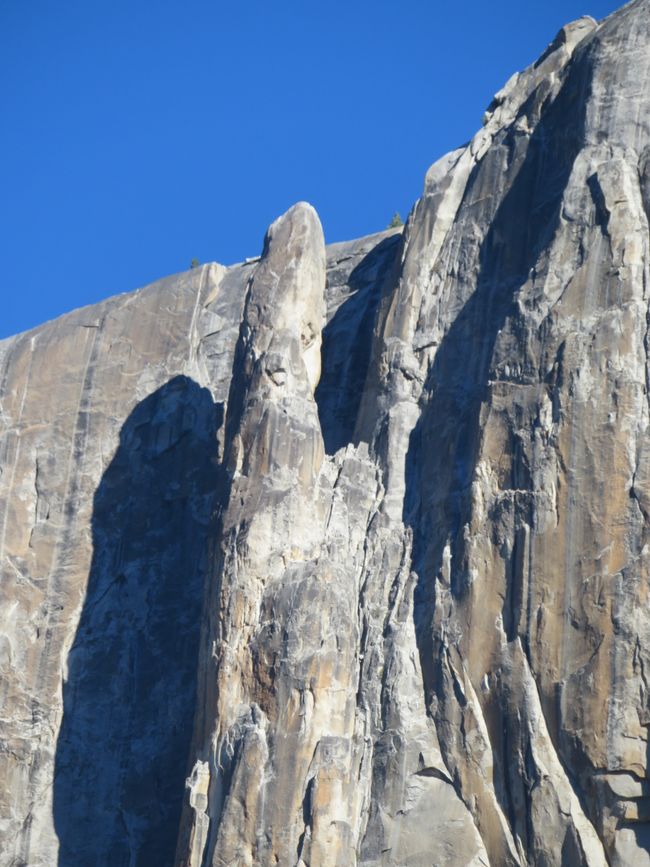
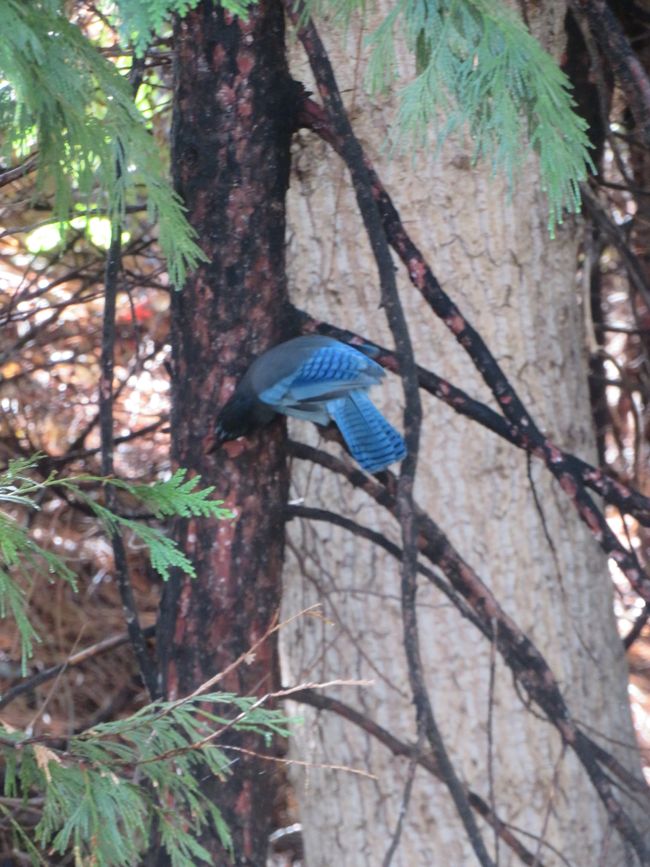

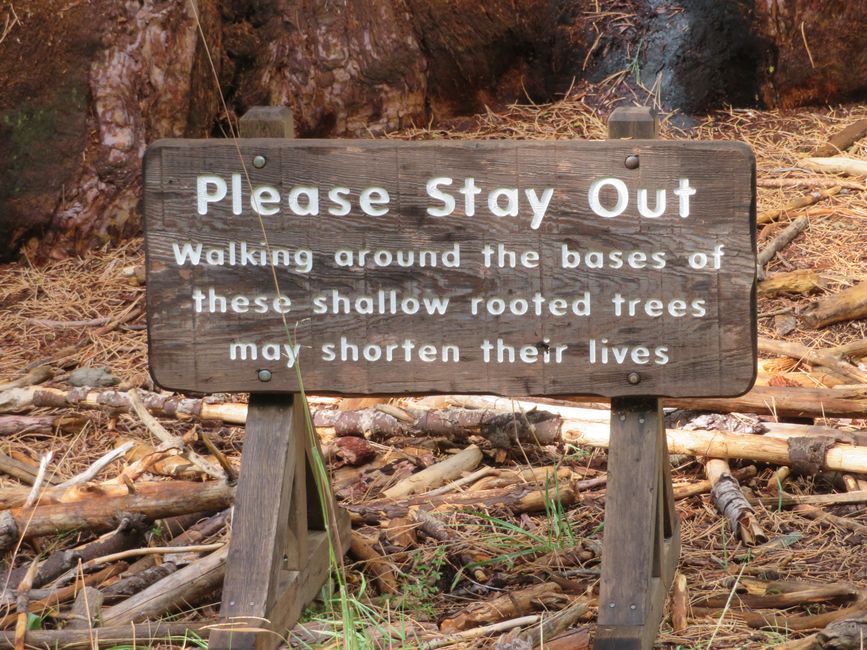
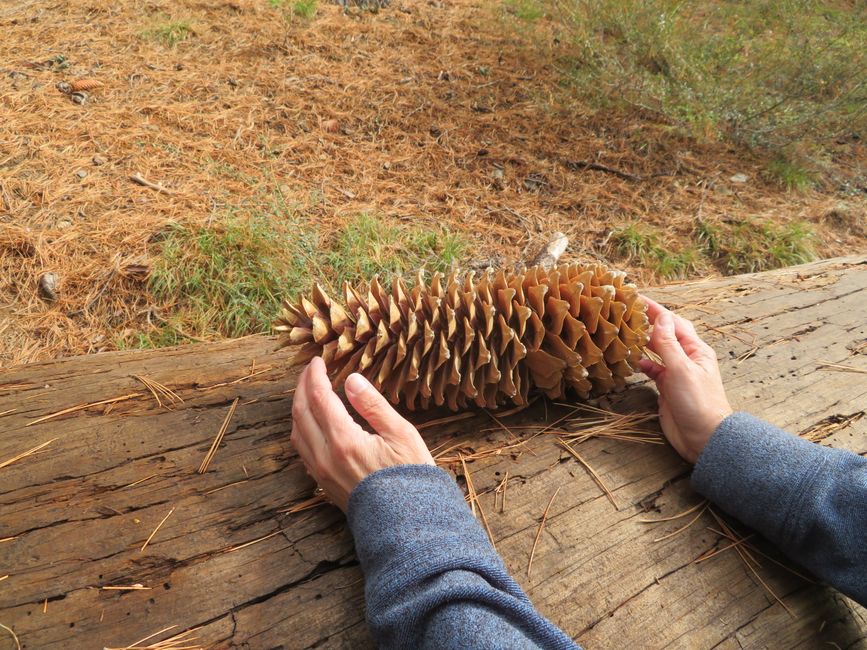
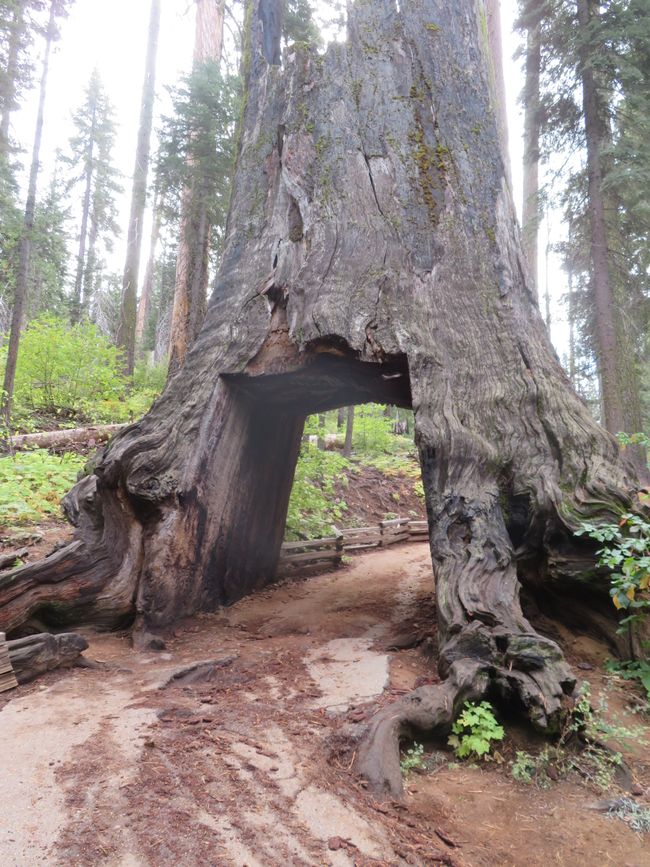
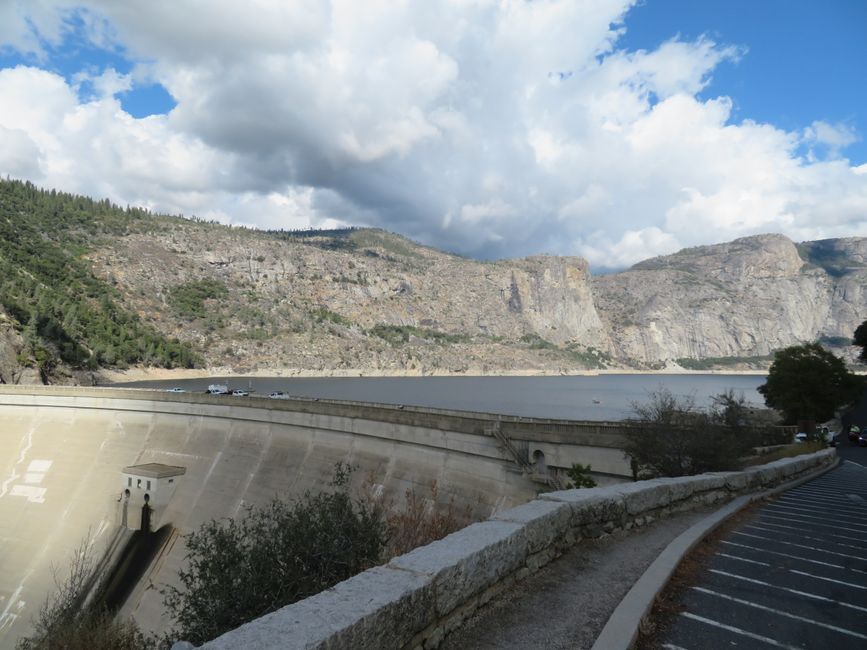
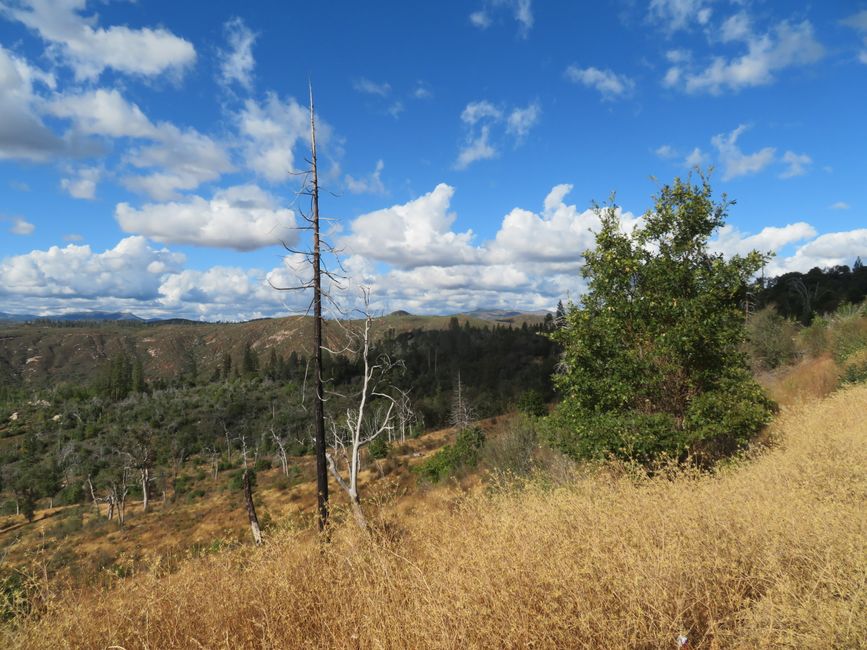

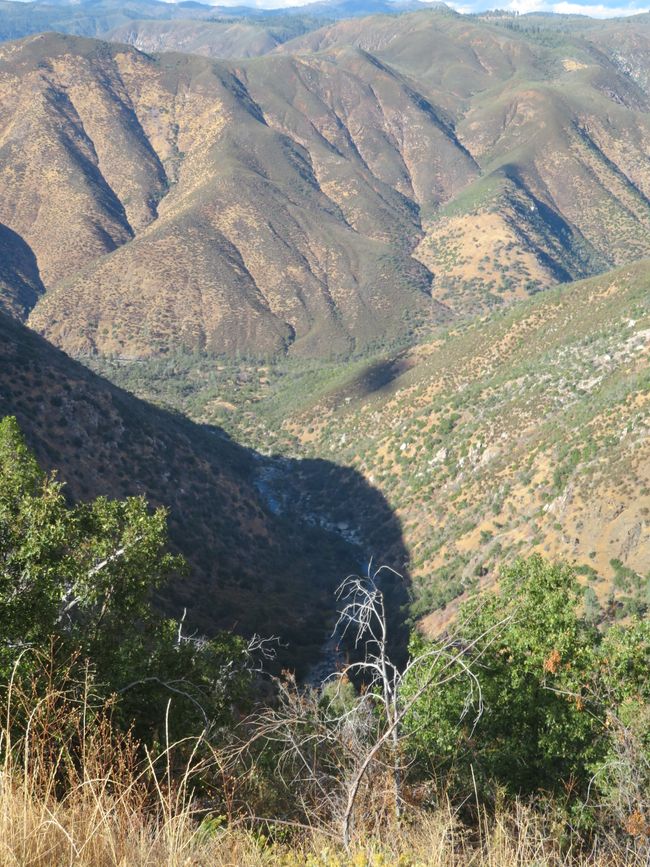
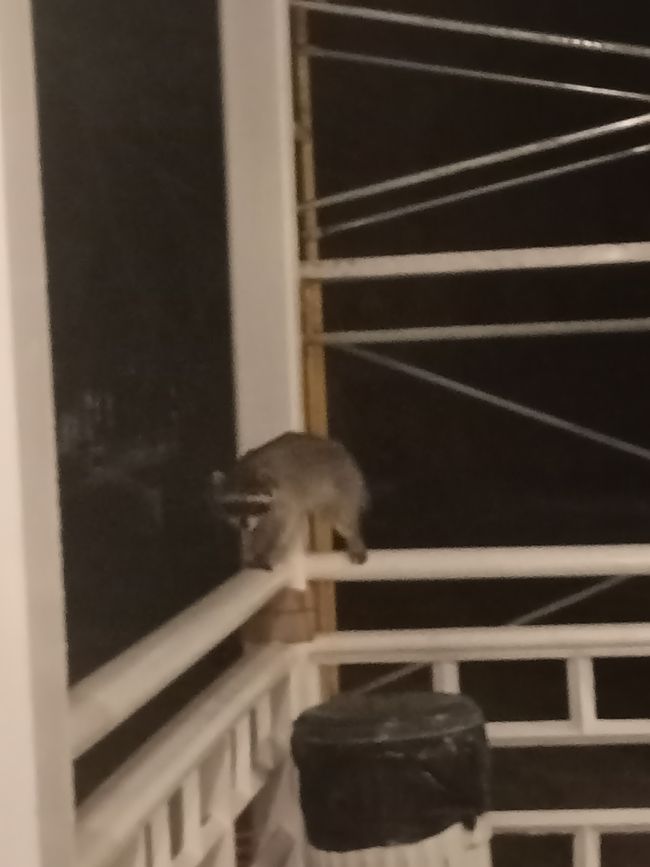
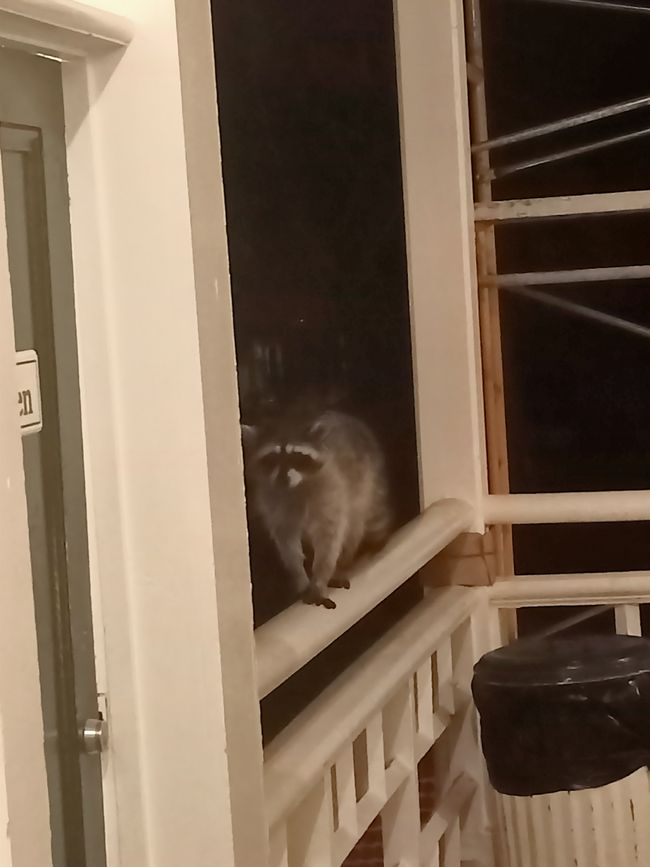
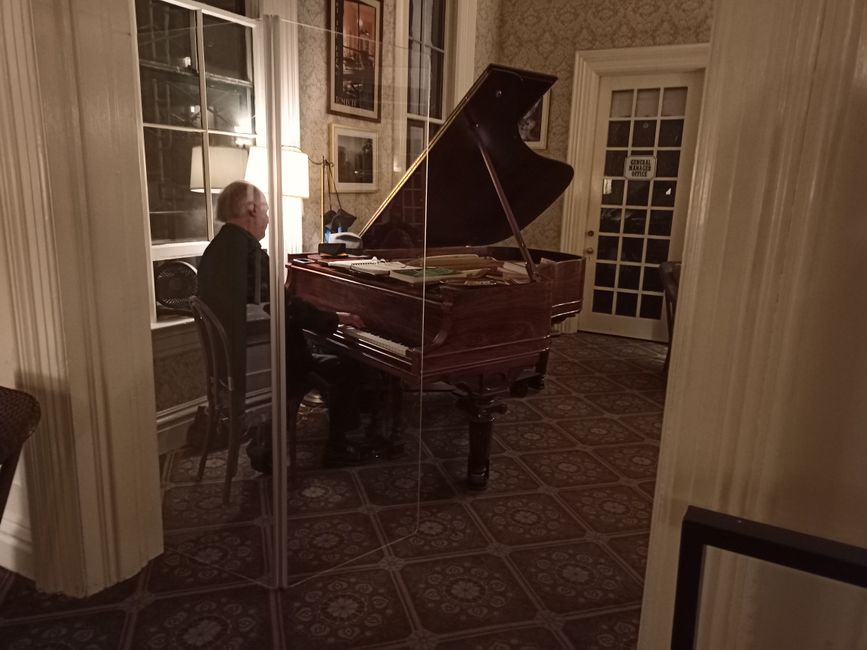
Бюллетенге жазылыңыз
The Yosemite National Park is the third oldest national park in the USA – and thus also the third oldest national park in the world. This is no coincidence. Yosemite is truly a national “park.” While the giant trees of the Redwood Forest may impress even more (and there are some here as well), Yosemite has a scenic beauty that can almost seem artificially created. Surrounding the Yosemite Valley, home to the largest granite rock in the world, it offers countless picturesque backdrops for photography. It stretches from 550 meters to nearly 4000 meters in height, offering different climate zones and habitats as if in an artificially created zoo. However, its beauty simultaneously leads to its downfall. The heart of Yosemite, the Yosemite Valley, is flooded by approximately 4 million visitors each year, pushing nature to its limits. Everywhere we saw the signs “Speeding Kills Bears” along the roadside, which were only placed where bears were hit by humans in the past year. Just in the last year and only bears. This means that deer, wolves, cougars, and sheep were not counted – not to mention other “roadkill” like squirrels or opossums. And one can also see the damage caused by humans. The forests stressed by human activity are partially widely dead. Whether climate change, a fungus, or introduced insects are the cause – essentially, it remains arbitrary. Behind it stands humanity, which has officially ended its “war against nature” but continues to kill further out of thoughtlessness and convenience. But let’s end the discussion of environmental destruction here. Let’s look at the beauty:
The further we traveled from the Redwood Forest southward and the more we ventured inland, the drier it became, the smaller and scarcer the trees became, and the shorter the grass was. Eventually, despite irrigation, the vineyards ended and olive trees or scrubland appeared. Then the mountains gradually rose in the haze before us, with the slopes becoming greener and lusher. When we reached Yosemite, we finally drove through stretches of open forests dominated by coniferous trees, passed by redwoods and many different kinds of trees. At every curve, a wonderful view awaited us: the granite giant El Capitan provided a fantastic photo opportunity; the over 700-meter-tall waterfalls of Yosemite, while dry in October, wound through beautiful landscapes, and the towering granite in front of us made for a magnificent backdrop. In the forest, the animals were hard to spot. Various squirrels and birds accompanied us, but otherwise, it was difficult to see the animals hidden between the trees. However, a nighttime trip to the restroom gave Mr. Sleeve an encounter with a raccoon, who, defying the strict prohibition, was sneaking along the gallery of the old hotel to live up to its reputation as a “trash panda.” Caught in the act, Trisha Trash Panda (name invented by the editorial team) scurried away after a few seconds.
The hotel radiated plenty of charm from bygone days, but unfortunately, it has aged and appears somewhat rundown due to poor management. However, the beautiful lobby compensates for this, where we sat in the evenings and, lacking a Wi-Fi connection, listened to the dignified pianist who mixed old ragtime songs, hundred-year-old classics, and some slightly more modern songs in a potpourri and medleys, giving us a cozy feeling of experiencing a hotel evening in 1924 while sitting at the beautiful inlaid table. This fit in with the timeless beauty of nature, which lay in peaceful darkness during the evenings just as it had a hundred years ago.
So, Yosemite was definitely worth the detour we made from Santa Rosa to San Francisco for it, and it remains one of the most beautiful landscapes we have both seen in our lives and likely will ever see.
Бюллетенге жазылыңыз
Жооп (1)
Edmund
Apropos Wilde Menschen: Habt ihr im Yosemite einen Sam getroffen?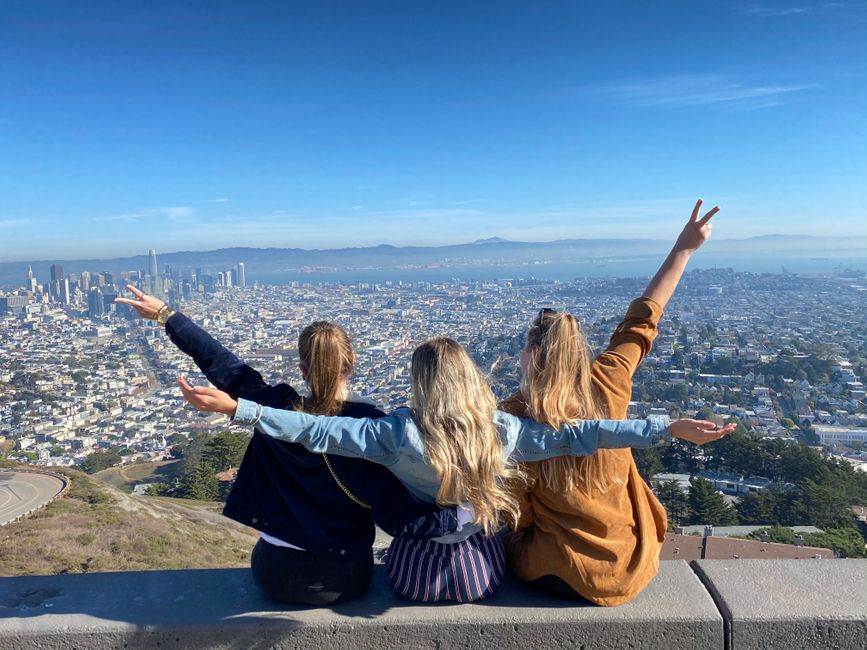
Саякат баяндамалары АКШ
